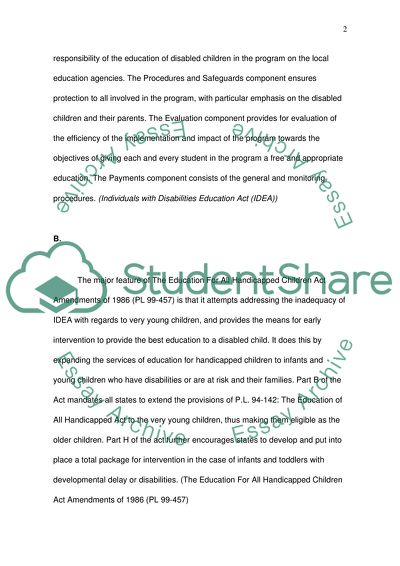Cite this document
(Diversity in the Classroom: The Individuals with Disabilities Assignment Example | Topics and Well Written Essays - 1500 words, n.d.)
Diversity in the Classroom: The Individuals with Disabilities Assignment Example | Topics and Well Written Essays - 1500 words. https://studentshare.org/education/1708341-diversity-in-the-classroom-idea-iep
Diversity in the Classroom: The Individuals with Disabilities Assignment Example | Topics and Well Written Essays - 1500 words. https://studentshare.org/education/1708341-diversity-in-the-classroom-idea-iep
(Diversity in the Classroom: The Individuals With Disabilities Assignment Example | Topics and Well Written Essays - 1500 Words)
Diversity in the Classroom: The Individuals With Disabilities Assignment Example | Topics and Well Written Essays - 1500 Words. https://studentshare.org/education/1708341-diversity-in-the-classroom-idea-iep.
Diversity in the Classroom: The Individuals With Disabilities Assignment Example | Topics and Well Written Essays - 1500 Words. https://studentshare.org/education/1708341-diversity-in-the-classroom-idea-iep.
“Diversity in the Classroom: The Individuals With Disabilities Assignment Example | Topics and Well Written Essays - 1500 Words”. https://studentshare.org/education/1708341-diversity-in-the-classroom-idea-iep.


